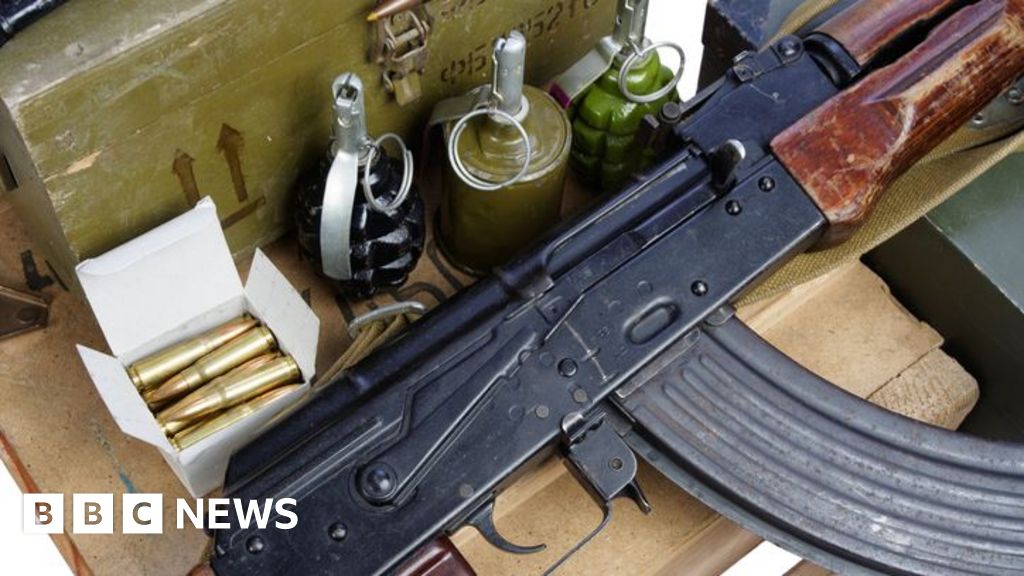Weapons dealers in Yemen are openly using the social media platform X, formerly known as Twitter, to sell Kalashnikovs, pistols, grenades and grenade-launchers.
The traders operate in the capital Sana’a and other areas under control of the Houthis, a rebel group backed by Iran and proscribed as terrorists by the US and Australian governments.
The advertisements are mostly in Arabic and aimed primarily at Yemeni customers in a country where the number of guns is often said to outnumber the population by three to one.
The BBC has found several examples online, offering weapons at prices in both Yemeni and Saudi riyals.
The words beside the weapons are designed to lure in the buyers.
“Premium craftsmanship and top-notch warranty,” says one advertisement. “The Yemeni-modified AK is your best choice.”
A demonstration video, filmed at night, shows the seller blasting off a 30-round magazine on full automatic.
Another offers sand-coloured Pakistani-produced Glock pistols for around $900 each.



An AK-47 is an assault rifle, not a machine gun.
Assault rifles – the main weapon that most countries issue their infantry these days – are a weapon that are typically used in semi-automatic mode, but also have a select fire mode to optionally fire in burst or fully-automatic mode. They can’t sustain fully-automatic fire for an extended period of time.
Machine guns are heavier weapons that can deal with dissipating more heat and so are more-amenable to be fired in fully-automatic mode for a sustained period of time.
If you wanted a machine gun that’d go with the AK-47, it’d be something like the RPD.
I have a sneaking suspicion that journalists intentionally do this to make their articles sound more exciting, because every time I see a weapon term used incorrectly – often calling a weapon a machine gun or some lighter vehicle a “tank” – I saw this done in some media with VN-4s during the Venezuelan political unrest, which is not a vehicle that looks much like a tank – it is substituting a more-powerful weapon for a less-powerful one, and not the reverse.
It’s BBC, not a technical manual.